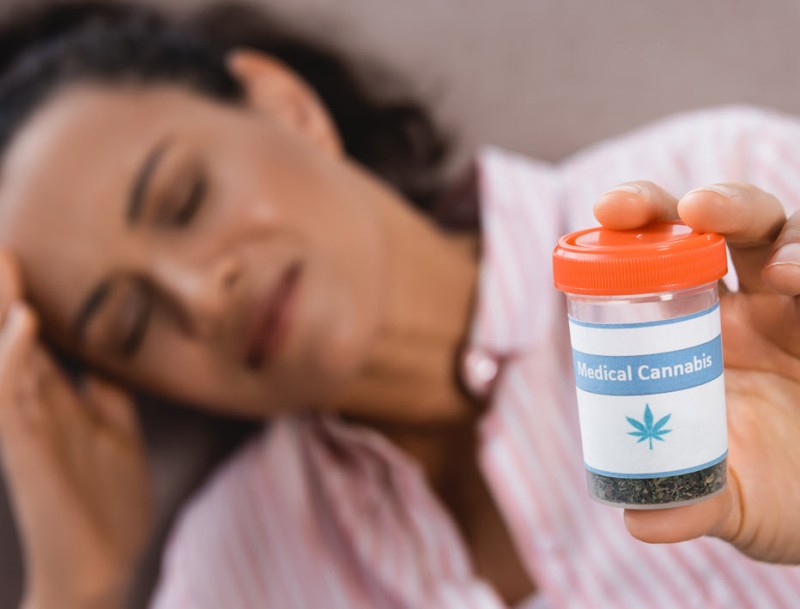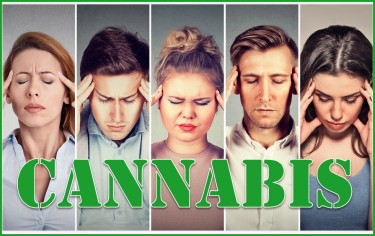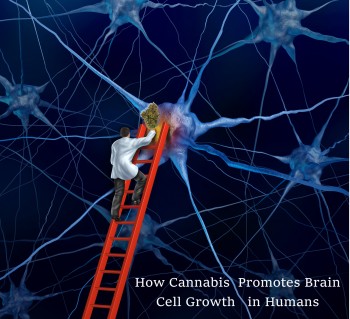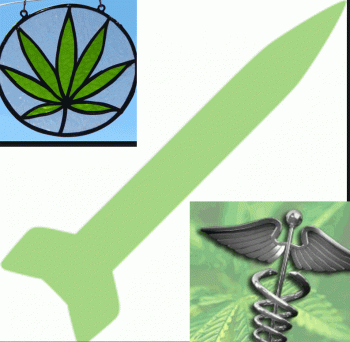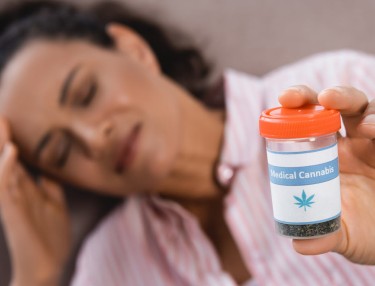
Cluster headaches are an excruciating type of headache that usually affects just one side of the head. It can often be felt in the area surrounding the eyes, occurring in clusters or cyclical patterns. Migraine headaches tend to be between the temples, and are often more common.
Because of the severity of cluster headaches, they are known to be among the most extreme types of pain. Individuals who suffer from cluster periods, which are bouts of frequent headache attacks, can suffer for a prolonged period of time ranging from weeks to as long as months. The headaches sometimes stop for months during a remission.
Cluster headaches are not life threatening, but since they are so excruciating, it can be difficult to do anything when an attack comes on. Aside from headaches around or behind the eye, the pain can also radiate to other parts of the head, neck and face; other symptoms may include swelling around the affected eye, facial sweating, stuffy or runny nose, restlessness, and tearing.
The exact cause of cluster headaches remains unknown, though doctors know that there are some irregularities in the hypothalamus that can trigger it. Unfortunately, cluster treatments can’t be cured though treatment is often aimed at managing the severity, frequency, and duration of attacks. Fast-acting pain killers are necessary for patients to recover quickly so that they can go on with their day without pain.
How Marijuana Can Help
There are a few studies covering the use of cannabis for treating cluster headaches compared to other kinds of headaches, but the data we have is promising. After all, the hypothalamus, the part of the brain that is linked to cluster headaches, plays an important role in regulating several processes within the body. Research has also found that cannabinoid and endogenous cannabinoid receptors have been discovered in the hypothalamus.
We also know for a fact that when there is a deficiency or malfunctioning within the endocannabinoid system, headache disorders can be a symptom. Cluster and migraine headaches are just some of the ways it can manifest. Researchers also believe that the trigeminovascular system, which is a part of the brain, plays a critical role in cluster and migraine headaches. It is accepted that endocannabinoids help regulate this part of the brain, proven by a study in 2004 showing that anandamide, an endocannabinoid, was effective in decreasing activity in trigeminovascular neurons.
Furthermore, serotonin malfunction in the brain has also been linked to cluster and migraine headaches. Research shows that dysfunction in serotonin production and the endocannabinoid system are linked.
In 2009, neurologists from New York’s Albert Einstein College of Medicine found that a 19-year-old patient suffering from cluster headaches had good results when they medicated with smoked cannabis. The patient did not find relief from conventional treatments such as sumatriptan, prednisone, and oxycodone. However, “Marijuana use at the onset of his headaches consistently brought complete relief within five minutes of inhalation for each attack,” they wrote in the report.
“Dronabinol was substituted for marijuana for acute treatment of his cluster headaches; dronabinol consistently provided dramatic relief within five to ten minutes of ingestion,” they added.
“We present a patient with cluster headache who was refractory to multiple acute and preventive medications, but successfully aborted his attacks with recreational marijuana use… The beneficial effect may be related to the high concentration of cannabinoid receptors in the hypothalamus, which has been implicated as a site of dysfunction in neuroimaging studies of patients with cluster headache,” the authors concluded.
Then in 2014, a study analyzed 18 patients with chronic cluster headaches. They attempted to medicate with cannabis since standard pharmaceutical treatments did not benefit them. On average, they smoked around a gram of cannabis. The researchers followed up with the participants 2 months up to 3 years after they medicated with marijuana.
The researchers found that 83% of the participants reported a 50% or more reduction in severity of headaches, while 61% reported an astounding 90-100% reduction in headaches. Meanwhile, 50% of the participants said they saw a decrease in headache frequency. In addition, 61% said that they were highly satisfied with the use of cannabis, as it helped reduce the need for prescription medications while increasing quality of life and sleep habits.
Another study, whose findings were shared in a 2017 neurology conference that took place in Europe revealed that daily administration of THC and CBD were effective in reducing cluster headache frequency by as much as 40%. The results were actually comparable to those of amitriptyline, an antidepressant that is sometimes used for treating cluster headaches. However, the researchers noted that the results were only found to be favorable if the patient also had migraines.
Additionally, they found that the THC-CBD combination was effective in reducing migraine severity by 43.5% and cluster headaches by 55%. “We were able to demonstrate that cannabinoids are an alternative to established treatments in migraine prevention,” explains Maria Nicolodi, lead researcher of the study, during the 3rd Congress of the European Academy of Neurology in Amsterdam.
When it came to the effective dosage, they found that 200mg was ideal; if the participant consumed half of that, there were no reported benefits.
Conclusion
Given the studies proving the painkilling properties of marijuana, there is good reason to believe that medicating with THC and CBD is effective for treating and managing cluster headaches. If you suffer from cluster headaches but don’t find relief with traditional medication, speak to your doctor today about experimenting with medical marijuana.
CANNABIS FOR HEADACHES, READ MORE...
CANNABIS FOR MIGRANIES - A DEEP DIVE INTO THE EARLY RESULTS!
